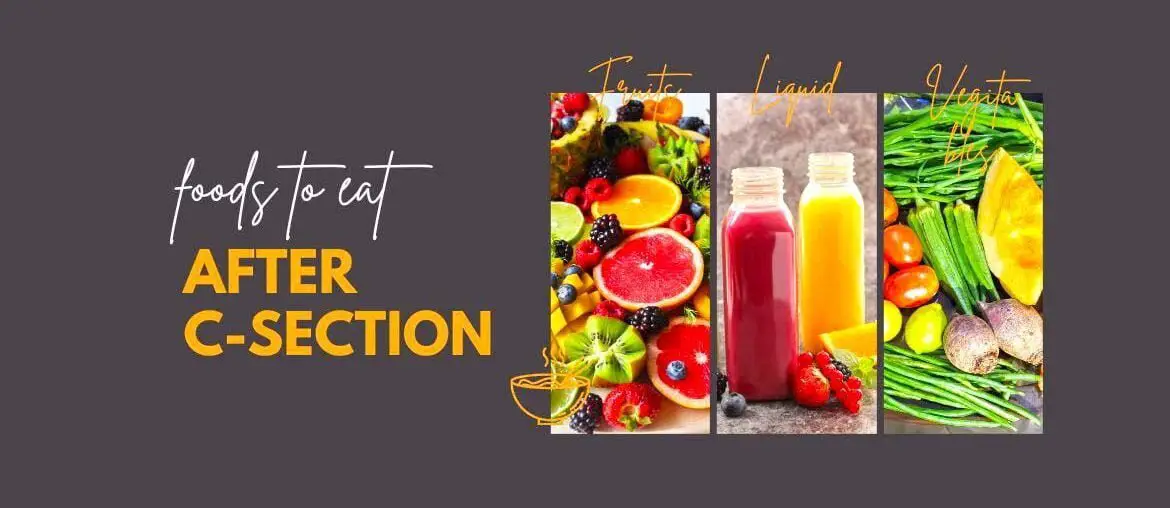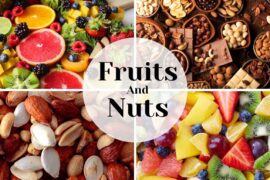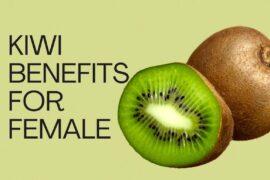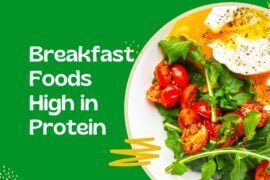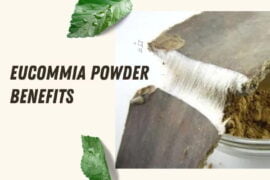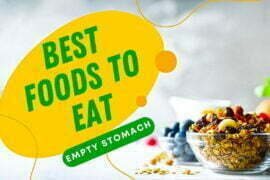Many surgeries are done because of complications or because of unplanned events. Maybe mothers can make the birthing process hard and painful since having a cesarean section can be mentally and physically draining for the mother. To get better after surgery, mothers will need to get a lot of rest and eat carefully. During the first few weeks after a cesarean section, mothers should be closely watched and given help to heal both mentally and physically from the stress of giving birth. So, let’s have a look at what foods to eat after c-section and what to avoid.
What to eat immediately after c section
A healthy diet is essential since it helps the mother recover physically and nourishes the baby. So that you can digest food well and go to the toilet without straining your stomach. Protein, minerals, calcium, fiber, and iron are vital nutrients you should prioritize in the first few days after cesarean delivery.
First of all, here are some things you can do to ensure changes in your body do not cause constipation after giving birth.
- Drink warm water
- Eat fiber-rich foods
- Avoid caffeine
What is the best food after C-section
Foods that have a high amount of protein, calcium, and minerals
Protein helps make new tissue cells, which helps the body heal faster. After surgery, eating foods with a lot of protein helps the body heal and keeps muscles strong. Conversely, calcium strengthens bones and teeth, calms muscles, helps blood clot and prevents osteoporosis. The baby gets between 250 and 350 mg of calcium from the mother when she breastfeeds.
Foods with whole grains
Whole grain foods like pasta, brown bread, and brown rice should be a part of your diet because they are high in carbs, which help you stay full and keep making breast milk. Whole grain products with iron, fiber, and folic acid are essential for a child’s early development. Moms who have trouble sleeping and are cranky in the morning should start their day with a whole-grain breakfast.
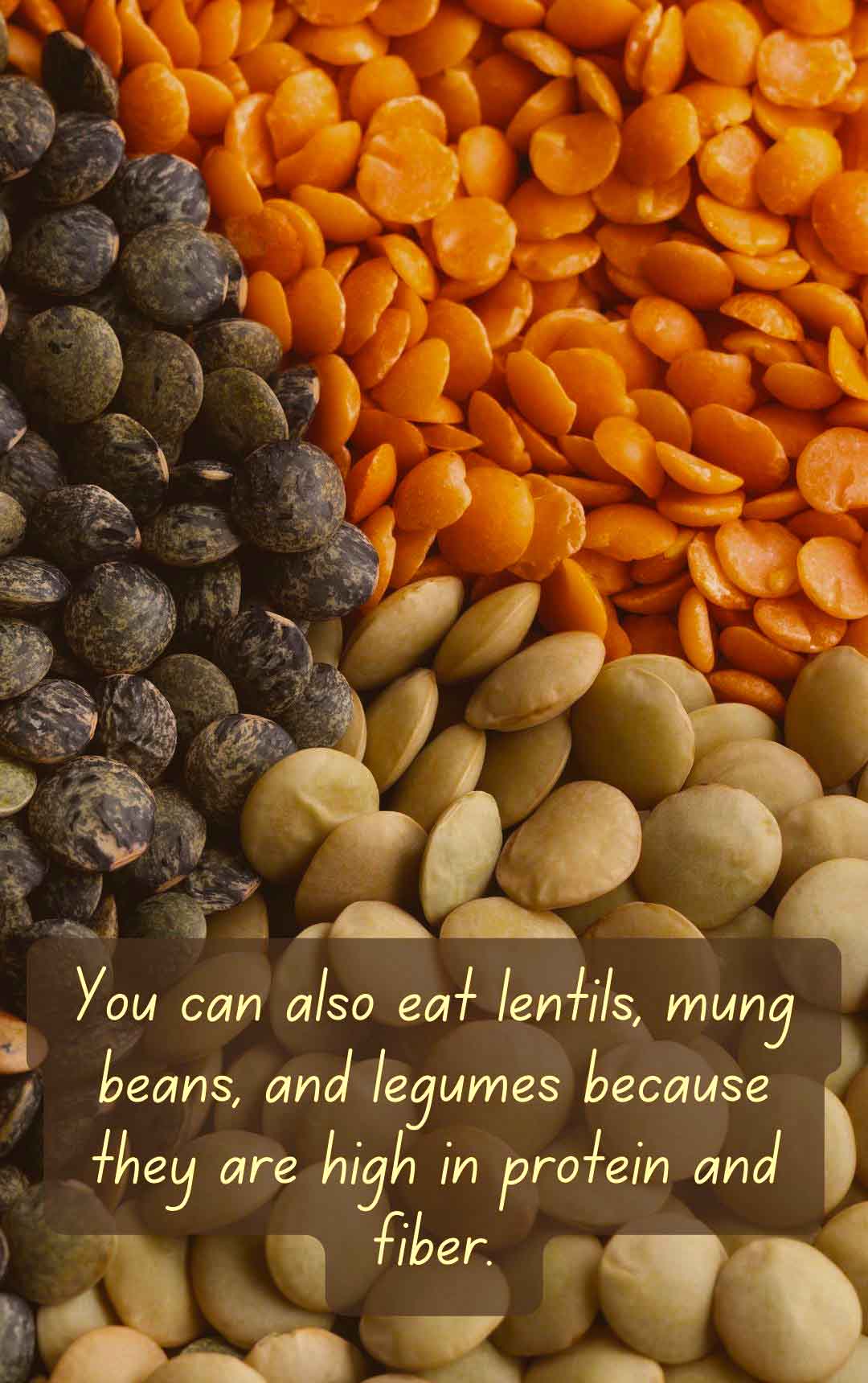
Vitamin-rich foods
Vitamins contain a lot of antioxidants and help repair damaged tissue. Collagen is a protein that is essential for the growth of new skin, muscles, and ligaments; vitamins stimulate its production in the body.
Foods that are high in fiber
Constipation can make it take longer for a cut or tear to heal because it puts pressure on the wound. Fiber is a necessary nutrient that helps relieve constipation by ensuring smooth bowel movements.
Liquid
By drinking a lot of fluids, you can avoid getting dehydrated and having trouble with constipation. Getting enough fluids makes it easier for bowel movements and helps people recover from surgery. We can find essential nutrients in liquids like coconut water, low-fat milk, citrus juices, herbal teas, yogurt, and soup. Also, every day you should drink 8 to 10 glasses of water.
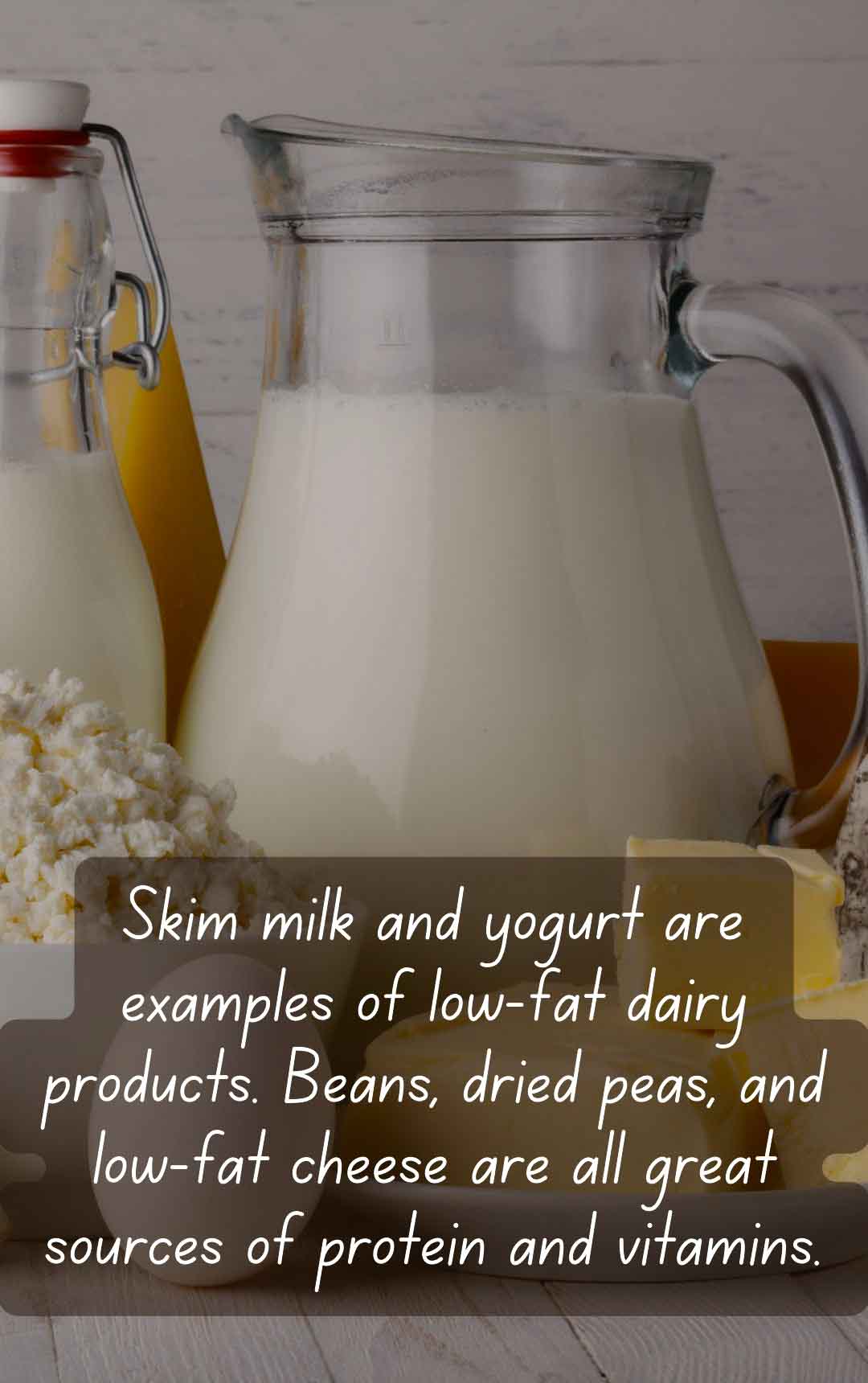
Milk and other dairy products
Low-fat dairy products like skim milk, low-fat yogurt, and cheese have enough protein, calcium, and vitamins B and D. Women who are nursing need these minerals, so they should eat at least 500 ml of dairy products daily.
Iron-rich foods
Iron helps keep the body’s hemoglobin levels steady and makes up for the blood lost during birth. Iron is also good for the immune system. Foods that contain a lot of iron include egg yolks, red meat, oysters, beef liver, and dried fruits. For women over 19 years old, 9 mg of iron per day is the recommended amount. Too much iron can cause constipation, so it’s best to avoid it.
Fruits and vegetables
Vegetables, especially green ones, are excellent for nursing women because they are rich in essential nutrients, including vitamins, iron, and calcium. Include lotus stems and fenugreek in your diet, also with beans, spinach, and broccoli. Vegetarians can get enough protein from foods like mushrooms and vegetables. Blueberries and cucumbers, both citrus fruits high in vitamin C, benefit nursing women because of their antioxidant characteristics.
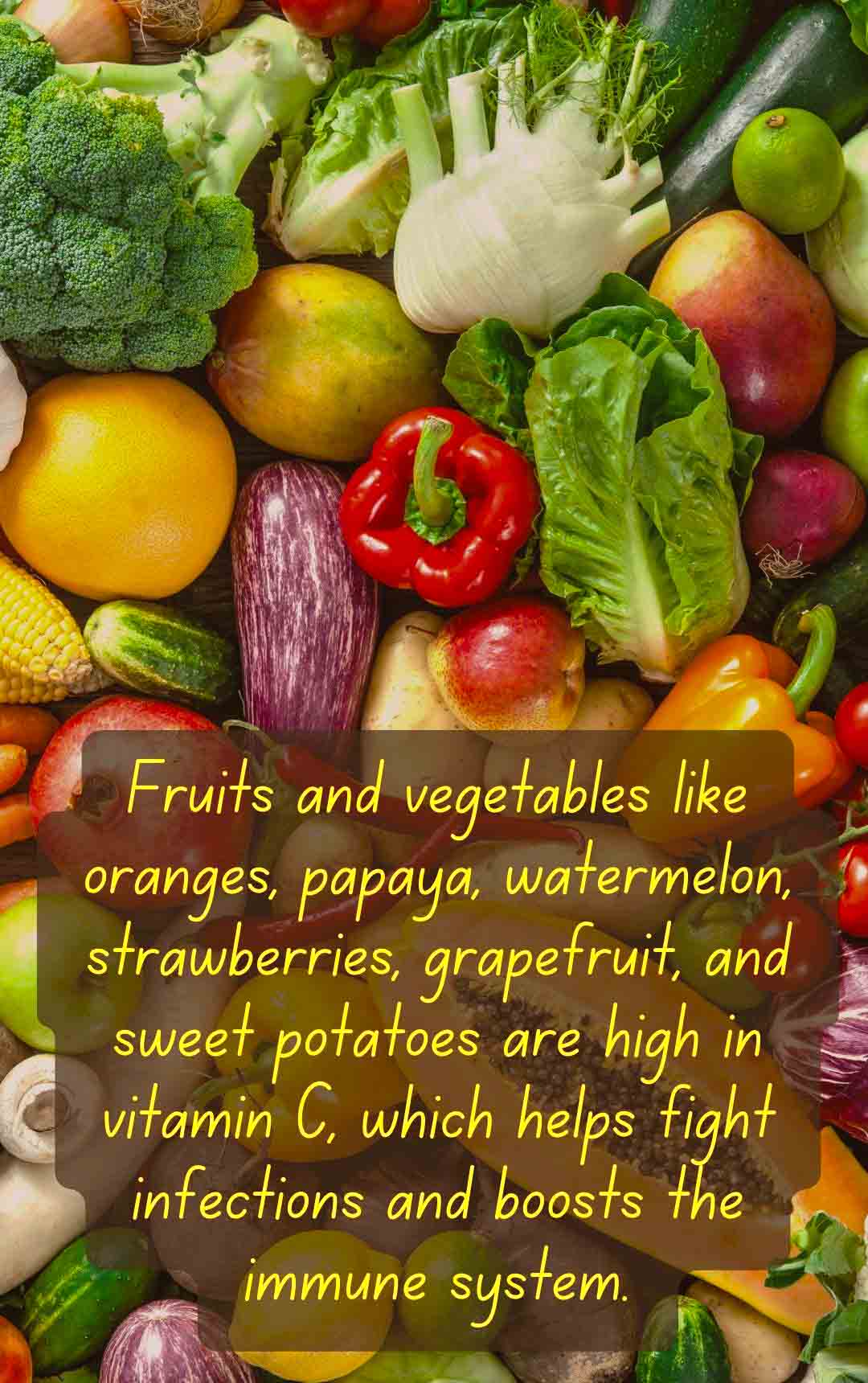
What to eat after c-section for fast recovery
Indian cuisine is an excellent source of vitamins, minerals, and protein. A healthy Indian cuisine diet plan can supply all the nutrients a nursing mother needs to make a full recovery. Many Indian staples, including fenugreek, fennel, cumin, ridge gourd, spinach, masoor dal, oats, and dahlias, have been shown to stimulate lactation in nursing mothers.
Adding Indian spices to a mother’s diet has been shown to speed her recovery from a cesarean section.
Food to avoid after cesarean
- You should avoid spicy foods because they might cause digestive issues and give your baby a flavor in their milk.
- Gas-inducing beverages, such as citrus juices and soft drinks, should be avoided.
- Children can have trouble growing up drinking too much caffeine, so coffee and tea should be limited.
- Stay away from foods that make you gassy.
- The menu shouldn’t include any cold or raw items.
- Stay away from fast food, fried food, and fermented foods.
- You should avoid eating ghee and rice the first three to four days after a cesarean section.
FAQ
Can I eat a banana after a c-section delivery?
You can eat bananas after a cesarean section. Bananas are full of cellulose and iron, which are good for the blood and have the effect of laxatives. So, mothers who properly eat bananas can help prevent constipation and anemia after giving birth. Also, when mothers eat bananas, they get more iron, so their milk has more iron, protecting babies from anemia. Pay attention to how much and how often you eat bananas. A balanced diet is the most important thing.
Can I eat an egg after a C-section delivery?
After a C-section, you can eat eggs. Eggs are known to be one of the best-known nutrient foods. They have a lot of protein, cholesterol, trace minerals, and vitamins. So, for women who are still pretty weak after a cesarean section, eating a few eggs every day in moderation can help them get more nutrition and help their bodies heal.
Can I eat an apple after C-section delivery?
After having a C-section, you can eat apples. But eating them after exhaustion is best, and you shouldn’t eat too much. Apples have a lot of vitamins, a lot of sugar, a lot of fruit acid, and a lot of plant cellulose, all of which help pregnant women recover after giving birth. It is advisable that patients eat a little apple when they are exhausted, which is good for getting back to normal after giving birth but not before they’re too exhausted.
Can I eat papaya after the c-section delivery?
After having a cesarean, you can eat papaya. Papaya is full of vitamin C, which helps the body heal after giving birth and keeps mothers from getting anemia. At the same time, papaya helps clear milk, so eating it after a cesarean section is a better idea.
Can I eat fish after the c-section delivery?
It is best not to eat fish for two weeks after a cesarean section. Eating fish too soon after surgery can cause the wound to become inflamed, which is unsuitable for healing. Because of this, you shouldn’t eat fish until the wound is almost fully healed.
Can I eat pineapple after the c-section delivery?
After a C-section, you can eat pineapple, but you should be careful about how much you eat. Pineapple mainly contains calcium, iron, protein, vitamins A, C, and other nutrients. After a C-section, you can usually eat pineapple, which can help your body get the nutrients it needs and speed up the healing process. But pineapple has a lot of fiber, which is good for you. Excessive consumption can stress the digestive system more, leading to indigestion, stomach pain, diarrhea, and other problems.
Can I eat rice after the c-section delivery?
After a cesarean section, you can eat rice, but you must wait until your intestines normally work again before you can eat rice.
Eating rice too soon after delivery can make your stomach gas worse, which is not fit for your health. The intestines are just starting to work again after the cesarean section. Most of the time, it’s best to eat liquid foods like millet porridge and soup, which are easy to digest and absorb.

